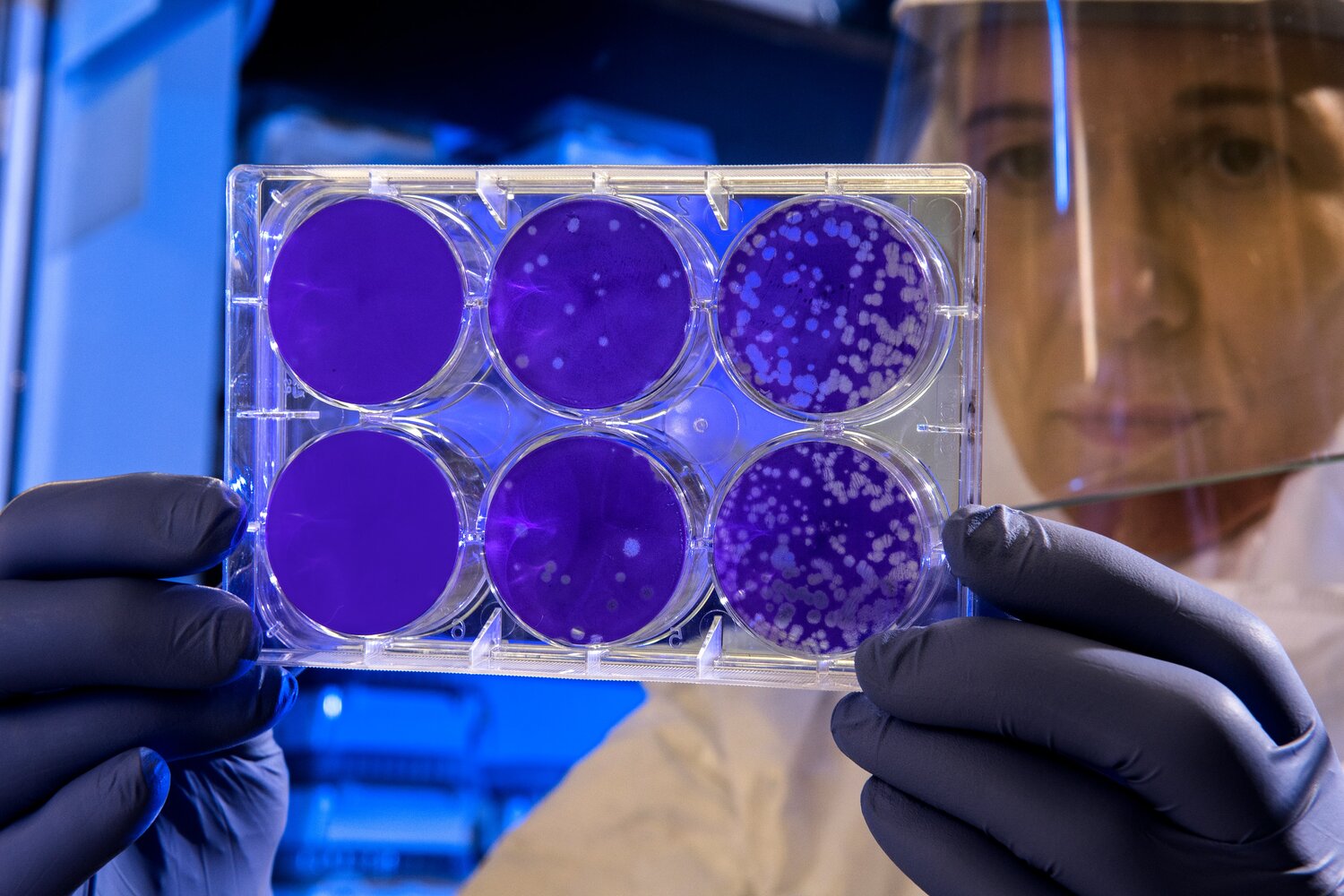Regenerative Medicine is a rapidly evolving and revolutionary field of medicine that is reshaping how we approach the prevention, treatment, and rehabilitation of diseases. Here's a quick overview of what it is and how it can help you. Regenerative medicine is a field that uses methods to restore or improve the function of damaged tissues and organs. This can be done through a variety of methods, including cell transplantation, tissue engineering, and genetic engineering.
Regenerative medicine is a field of medicine that uses principles of regenerative biology to help patients with injuries and diseases, including cancer. The center for regenerative medicine aims to replace or repair damaged cells and tissues in the body, often using stem cells collected from the patient.

Regenerative medicine has been used to treat a variety of conditions, including spinal cord injuries, heart disease, stroke, and diabetes. In some cases, it has been shown to be more successful than traditional treatments. Regenerative medicine is a term that refers to a group of treatments and therapies that help replace or regenerate damaged or lost body parts. Some of the most common types of regenerative medicine are stem cell therapy, tissue engineering, and regenerative pharmacology.
Regenerative medicine is a relatively new but rapidly growing field of medical practice that focuses on the restoration, regeneration, and replacement of lost or damaged tissues and organs. The technology used in regenerative medicine had come a long way since its early days when scientists were forced to make do with what they had at their disposal. Today, numerous techniques available to physicians can help them regenerate tissue and organs in people who have experienced injury or disease.